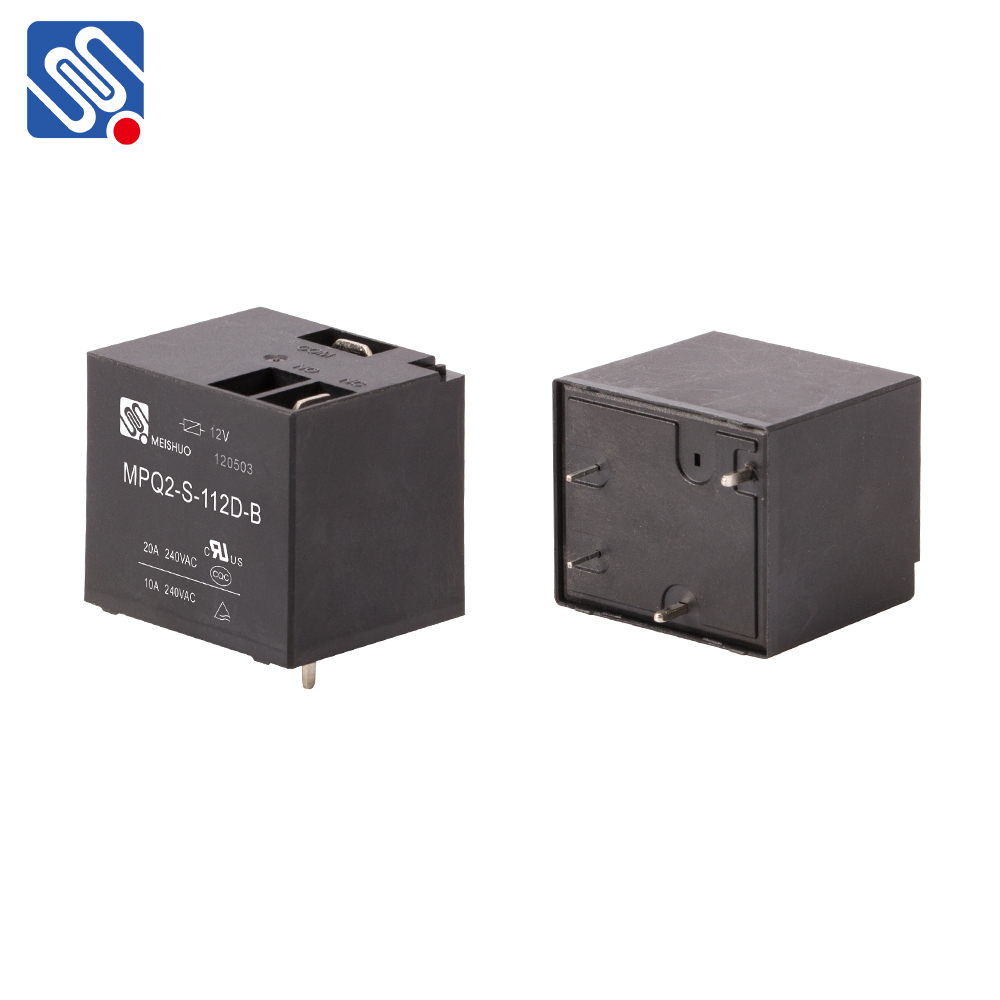Relays are essential components in modern electrical and electronic systems, allowing low-voltage circuits to control high-power applications safely and efficiently. Among the various types of relays, the 12V 30A relay stands out due to its versatility, reliability, and widespread use in automotive and industrial systems. This article will delve into the features, applications, and significance of the 12V 30A relay, highlighting its importance in electrical systems.

What is a 12V 30A Relay? A 12V 30A relay is an electromechanical switch that allows a low-voltage (12V) signal to control a higher-current load (up to 30A). The “12V” in its name indicates the voltage required to energize the relay’s coil, while “30A” refers to the maximum current the relay can safely switch on the load side. The core function of the relay is to open and close electrical circuits in response to a control signal, typically provided by a microcontroller or a manual switch. The relay consists of two main parts: the coil and the switching contacts. When a 12V signal is applied to the coil, it generates a magnetic field that moves an armature, causing the contacts to either close (completing the circuit) or open (breaking the circuit). This simple yet effective mechanism makes relays ideal for controlling high-power systems from low-power control circuits.